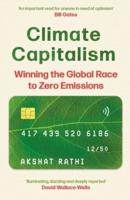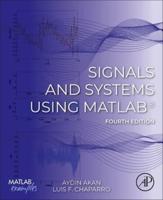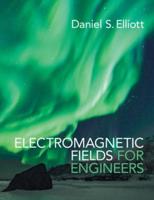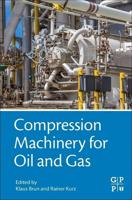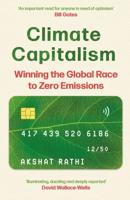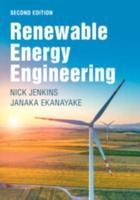Publisher's Synopsis
Due to the decreasing world petroleum reserves, a great emphasis is today placed on the development of alternative sources for energy production. In this context, abundant natural gas is seen as an energy source for the future. Methane, the main component of natural gas, is considered the most abundant organic compound on our planet. Unlike other fossil fuels, natural gas is clean burning and emits lower levels of potentially harmful by-products into the air. Currently, methane (via steam reforming) is considered the most common and cost-effective method for hydrogen production and it contributes to about 50% of the world's hydrogen production. In this book a collection of various aspects related to methane is reported, such as its production, its characterisation, and the techniques used for analysis and control of its emissions. Among others, the following aspects are considered: the advantages of the use of methane as a source of energy; the accuracy of simulation of atmospheric and laboratory spectra in the spectral regions of strong methane absorption bands; new research on the structure of methane cycling microbial communities in the unique system of the Amazon selva; the effect of methane seepages on the rates of microbial processes in the sediments of the Sevastopol coastal area; the emissions of enteric methane from ruminants and its impact on global warming; the various effects of catalysts activity for methane reactions; and some aspects of the emissions of gaseous pollutants in the exhaust of vehicles running on compressed natural gas. Different numerical investigations are also discussed in detail.

